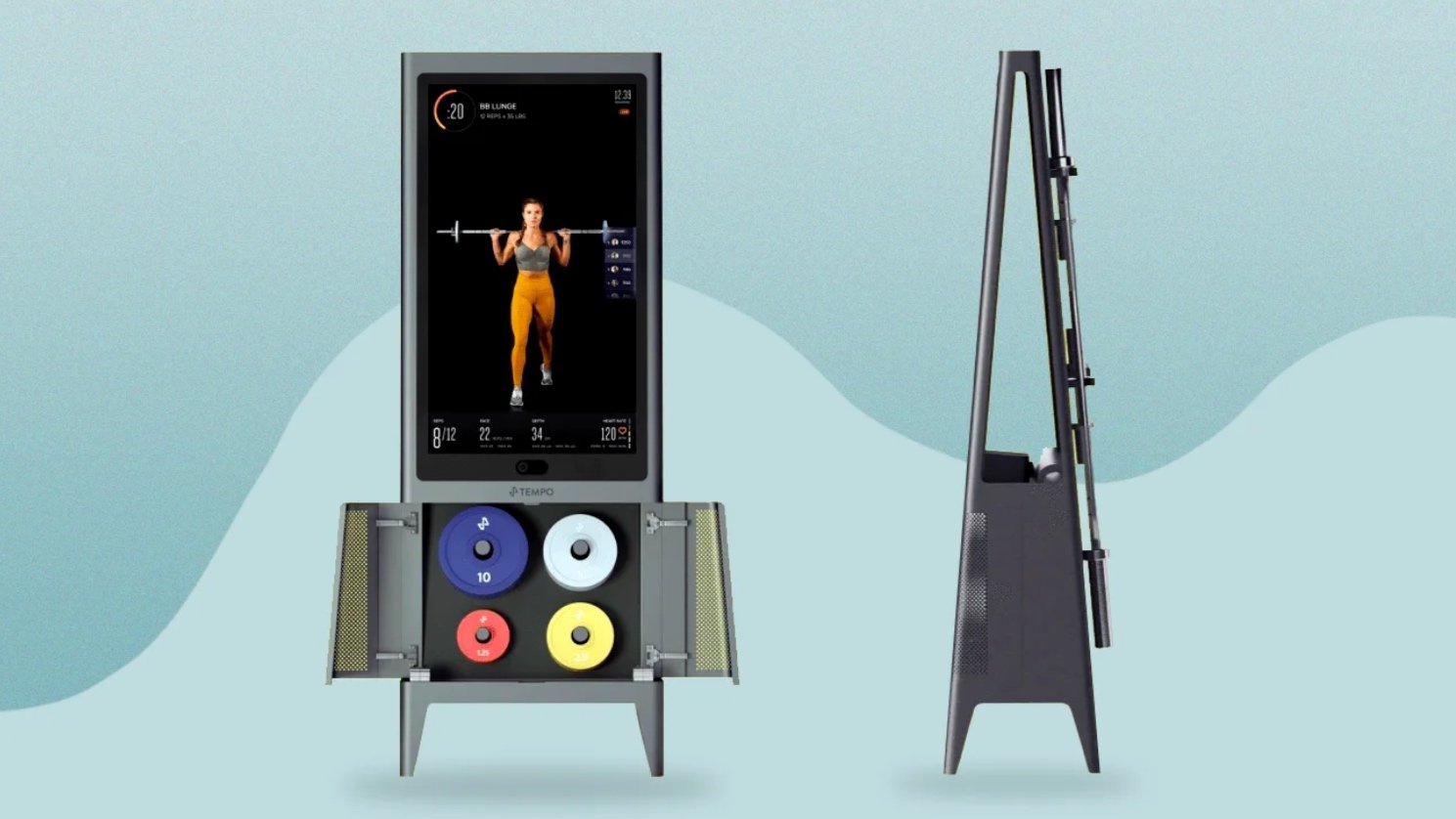Gone are the days of mundane home workouts! In an age where remote work reigns supreme, smart fitness equipment has surged in popularity, becoming a staple in our quest for peak fitness. Picture this: you unwrap a shiny new smart exercise bike, reminiscent of that famed 2019 Peloton ad, ready to kickstart your New Year's resolutions. These high-tech gadgets are more than just fancy machines; they're your partners in achieving those elusive #fitnessgoals.
Smarter Workouts in the Comfort of Your Home
Let’s delve into the world of smart fitness - where even the simplest gadgets diligently track your every move, and the more advanced ones bring the exhilarating energy of a live workout class right into your living room. But, with great tech comes great responsibility, particularly regarding your personal data. It's a good idea to revisit your homeowners insurance to ensure your new high-tech companion is covered.
The Trade-Off: Your Data for Advanced Workouts
Now, let’s talk data. These smart devices are veritable goldmines of information. From personal details to health metrics, they gather a plethora of data points to tailor a workout experience just for you. But remember, with this convenience comes a question of privacy.
Personal Details: The Gateway to Customized Workouts
First up, personal information. Signing up means sharing – your name, contact details, age, and even a photo might be part of the deal. This helps the system create a unique profile just for you. Remember, you control what you share, but some details like your name and email are usually non-negotiable.
Health Metrics: The Heart of Smart Fitness
Health metrics are the bread and butter of these devices. They track everything from the calories you burn to the steps you take. This data is crucial for setting and smashing those fitness targets. However, unlike medical data, this isn’t covered under HIPAA, so it's more exposed than you might think.
Biometrics: The Future is Now
Biometrics sound futuristic, but they’re here. Your smart device might be getting to know you a bit too well, recognizing your voice, face, and other unique traits. If you’re not comfortable with that level of familiarity, it’s best to steer clear of these features.
Usage Stats: How Much Do You Really Work Out?
Your device isn’t just tracking your health; it’s keeping tabs on your workout habits too. How long you exercise, what you like to do, your preferred classes – all this data is being logged. Even your browsing history on the device isn’t private. And some companies sell that information to other companies.
Communication Logs: They’re Listening
Every time you chat with customer service or send an email, it’s recorded. This might be for quality control, but it’s still data about you that’s being stored.
Other Data: The Digital Footprint You Didn't Know You Left
And then there's the data you don’t even think about – like your IP address or browser type. This is the stuff that can leave you vulnerable to cyber threats, especially if your device is synced with social media platforms.
Why Opt for Smart Fitness Equipment?
Despite these privacy concerns, the benefits of smart fitness equipment are undeniable. They offer unparalleled convenience, can be more cost-effective than gym memberships, and provide personalized content that can make every workout feel special. Whether it’s a scenic virtual bike ride or a dance class where no one can see your two left feet, there's something for everyone.
The Flip Side: Privacy Risks and Investment Worries
However, smart fitness isn’t without its drawbacks. Privacy is a big concern, and the cost of these devices can be steep. Plus, if you’re going all-in on, say, a smart rower, that’s the only workout you’re getting. It’s a big investment for potentially limited variety.
Smart Fitness Equipment: A Spectrum of Options
Whether you’re into rowing, spinning, strength training, or just want a good stretch, there’s a smart fitness option for you. But it’s crucial to understand what data each device collects and how it’s used.
Protecting Your Privacy: Be a Smart User
Your privacy settings are your first line of defense. Keep your profile private, opt out of data processing when you can, and think twice before enabling that camera or microphone. Regular software updates and a secure internet connection are also key to keeping your data safe.
In Conclusion: Smart Fitness with a Side of Caution
Smart fitness tech is reshaping our approach to home workouts, offering a blend of convenience and innovation. But as you step into this digital fitness landscape, stay aware of the data trails you’re leaving behind. It's essential to balance the thrill of technology with the need for privacy and data security. Just as you invest in your physical health, invest in protecting your digital well-being to ensure a truly holistic approach to fitness.

